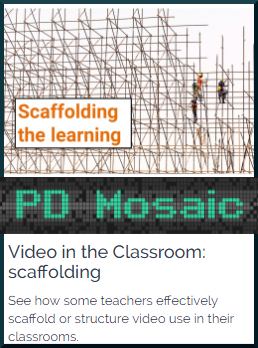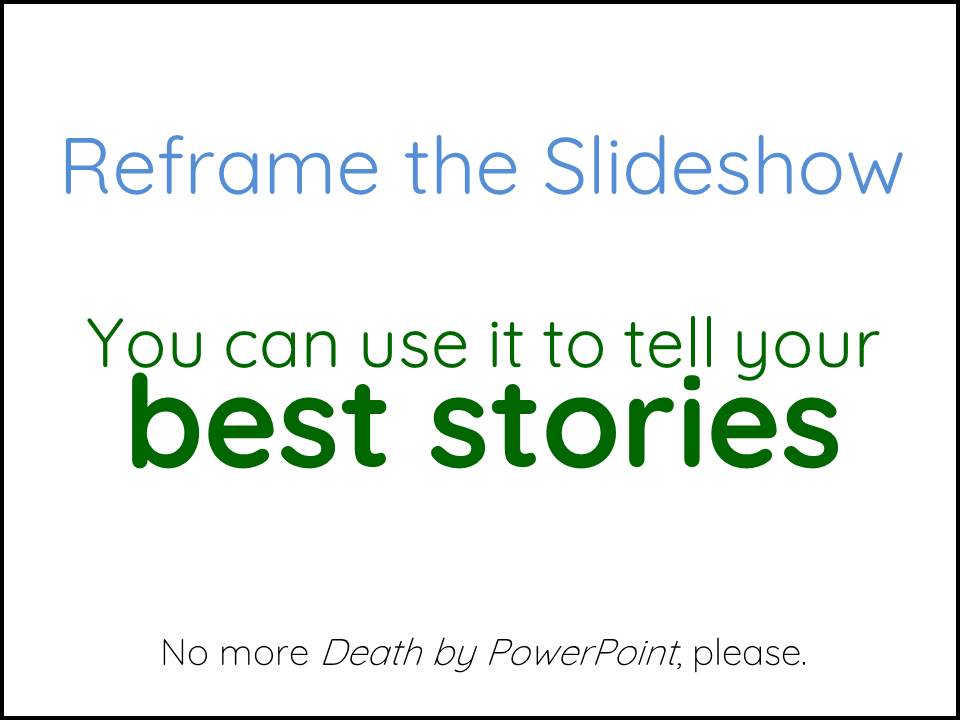Learning and video: Where is the teacher?

I use video a lot in my practice. I make video, I create online resources that incorporate video, and I use video in the workshops I offer. Lately, I hear students (and some parents) talk about how some of their teachers rely too heavily on video, that much of classtime revolves around class viewing of different videos. Also, I’ve begun to see a few articles claiming that video is not all it may be cracked out to be in the grand scheme of learning (see links to other resources at the bottom of this article).
And I agree…
..if all you are doing is getting learners to watch video as a replacement for you, the teacher.
Video will never kill the radio star in education! Why? Because while the location of content may be shifting, we must maintain our role as teacher in order to structure the learning. That has not changed.
I have long argued that the student teacher relationship is essential. I’d push that even further to say that this is even more acute in adult education. Many of our students, not all but a significant amount that I have met, have long-held wariness and even distrust towards the education system. Our relationship, is one of learning. When I show my students that I truly care about them as learners, I am working on relationship.
A student I worked with a few years ago once remarked, when I ask my teacher a question and he tells me to watch a video or go to a website instead of answering me, I feel like I am not important to him.
So how do we manage teaching with video when relationship is so important in learning?
The idea of a flipped classroom, where homework shifts to the watching of content videos outside of school so that classtime can be used for actively applying content instead of listening to the teacher deliver the content, has been around for – believe it or not – about 17 years.
The thing with a flipped classroom is that it holds a number of assumptions that I am just not comfortable making – the biggest one being equal access to technology outside of the classroom. In adult education, where many of our students have jobs and families, there is also the question of equal access to time and place for learning outside of school. This can be an issue at other levels as well.
Also, as teachers we know that the only thing we have control over is what happens in our classrooms. We have no control over things outside of that realm – and that includes over whether or not students will watch video, or do any kind of homework, at home.
Yet, I still believe that video can play an important role in the learning process. For the past couple of years, my colleague Avi Spector and I have been advocating for the well-structured use of video within the classroom. Essentially, you could say that we argue for flipping in the classroom instead of outside of it!
In our collaborations with teachers, we have learned about different strategies that work when it comes to using video for learning.
 In this PD Mosaic tile, there is a video of Lindsay, a teacher who talks about how she structures the use of video with her second language adult students. Some of her key points are: ease of access – equity – autonomy.
In this PD Mosaic tile, there is a video of Lindsay, a teacher who talks about how she structures the use of video with her second language adult students. Some of her key points are: ease of access – equity – autonomy.
What she doesn’t mention is that she teaches her class through the use of stations and that she structures the video viewing.
When students watch video on their own at a video station they are not truly on their own because of how a teacher structures the activity. Lindsay and other teachers use instruction cards at each station that clearly outline what is expected of the learners. In that way, the teacher is always present through how she scaffolds each part of a learning situation AND she is free to work with another group of students on a different aspect of the same learning situation.
Such an approach really helps to amplify the teacher student relationship.
(You can see sample instruction cards in the PD Mosaic tile pictured above – http://bit.ly/videoscaffolding.)
So teachers are not going anywhere and video is not enough on its own to enhance learning. But we can increase learning through relationship and how we scaffold our students’ learning experiences with video.
Other resources
Watch that Hand: Why videos may not be the best medium for knowledge retention by Tina Nazarian on EdSurge, Oct 4, 2017
Hell-oooo! Watching videos does not necessarily lead to learning by Cathie Norris and Elliot Soloway in THE Journal: Transforming Education through Technology, May 6, 2015

